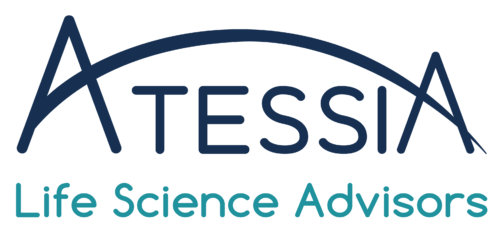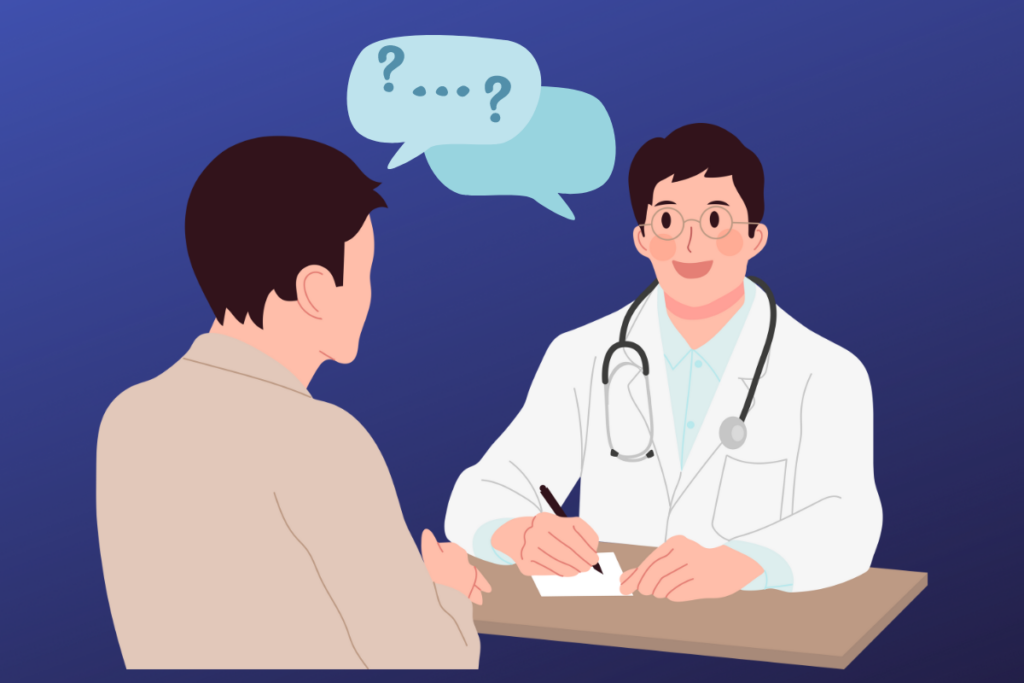> Definition and content
Therapeutic patient education (TPE) can be defined in several ways.
The World Health Organization (WHO) gave the following definition in 1996: “Therapeutic patient education aims to help patients acquire or maintain the skills they need to manage their lives with a chronic disease”.
In 2007, the French National Authority for Health (HAS) clarified the specific aims of therapeutic education:
– The acquisition and maintenance by the patient of self-care skills;
– The mobilization or acquisition of coping skills”.
Under the French law no. 2009-879 of July 21, 2009 on hospital reform and patients, health and territories (known as the HPST law), TPE is defined as being “[…] part of the patient’s care pathway. Its aim is to make patients more autonomous by facilitating their compliance with prescribed treatments and improving their quality of life. It is not enforceable against the patient and cannot condition the rate of reimbursement for his or her treatment or for drugs related to his or her illness”.
ETP, as provided for in the French Public Health Code, is divided into three distinct actions:
– Therapeutic patient education programs, which comply with national specifications, are implemented at local level after registration with regional health agencies (ARS). They are proposed to the patient by a healthcare professional and lead to the development of a personalized program;
– Accompaniment programs, which comply with national specifications, are designed to provide assistance and support to patients and their families in managing their disease;
– Learning programs are designed to help patients acquire the technical skills they need to use a medicine/Auto-administration. These programs are implemented by healthcare professionals working on behalf of an operator who may be financed by the company exploiting the medicine. The learning program is proposed by the prescribing physician to the patient. In this case, the ANSM authorizes their implementation, after consulting an approved patient association To this end, the manufacturer submits a training application, justifying the expected benefits for the patient.
> ETP objectives
ETP is based on an individualized approach, considering the specific characteristics of each patient. It involves close collaboration between the patient, healthcare professionals and often the patient’s family and friends. The aim is to foster an in-depth understanding of the disease, its implications and associated treatments. This approach encompasses not only the medical aspects, but also the psychological, social and environmental aspects of health.
– Understanding the disease: ETP enables patients to understand the mechanisms of their disease, their symptoms, treatments and effects. Better knowledge helps patients adhere to treatment and prevent complications.
– Skills acquisition: Patients learn to manage their treatment, recognize the early signs of complications and adopt healthy lifestyle habits.
– Autonomy and decision-making: ETP aims to reinforce patients’ autonomy by giving them the tools they need to actively participate in decisions concerning their health.
> Who can set up this type of program?
| Healthcare professionals | Others | Legal entities |
| > Doctors and specialists: They play an essential role in defining therapeutic objectives and validating educational content; > Nurses: They are often on the front line in delivering education and educational follow-up to patients; > Pharmacists: They can help explain treatments and their dosage; > Psychologists or psychiatrists: They help patients manage the stress and psychological impact of their illness. | > Specialized educators: They are specifically trained to deliver TVE; > Expert patients: people living with the same pathology can share their experience and provide invaluable support. | > A healthcare establishment (public or private); > A collective practice structure (health center/health home/health cluster); > A health network; > An association; > The Assurance Maladie (health insurance) for health examination centers and the Sécurité Sociale Agricole (agricultural social security); > A mutual or other complementary insurance company; > A foundation; > A municipality. |
> Manufacturers and their medicines, at the heart of TVE… but with less room for manoeuvre:
– Ever more innovative medicines
– Pathologies requiring increasingly advanced patient knowledge/technical gestures
– Image and communication issues, as well as the promotion of public health, may lead the laboratory to wish to support an ETP program especially when self-administering drugs.
In order to remain compliant, it is essential for manufacturers wishing to leverage the benefits of ETP to be aware of the roles and levels of involvement they are allowed to play.
Finally, implementing a TVE program without being authorized to do so is punishable by a fine of up to 30,000 euros.
> Conclusion
Therapeutic patient education represents a major evolution in the way we approach health and illness. In a world where it is becoming commonplace for patients to become experts in their own disease, they are a tool for them to understand, actively participate in their treatment and adopt health-promoting behaviors, while contributing to comprehensive, personalized care.
However, the role of the operator of a medicine is regulated and requires a case-by-case analysis of each project.
In such a context, manufacturers have a role to play, while considering the regulatory complexity imposed by the system and the need to steer clear of the multiple risks associated with their highly regulated field of activity (promotional requalification, contact with patients, granting benefits to patients or healthcare professionals).
Article written by Zarine RAMJAUNY, Legal Advisor

